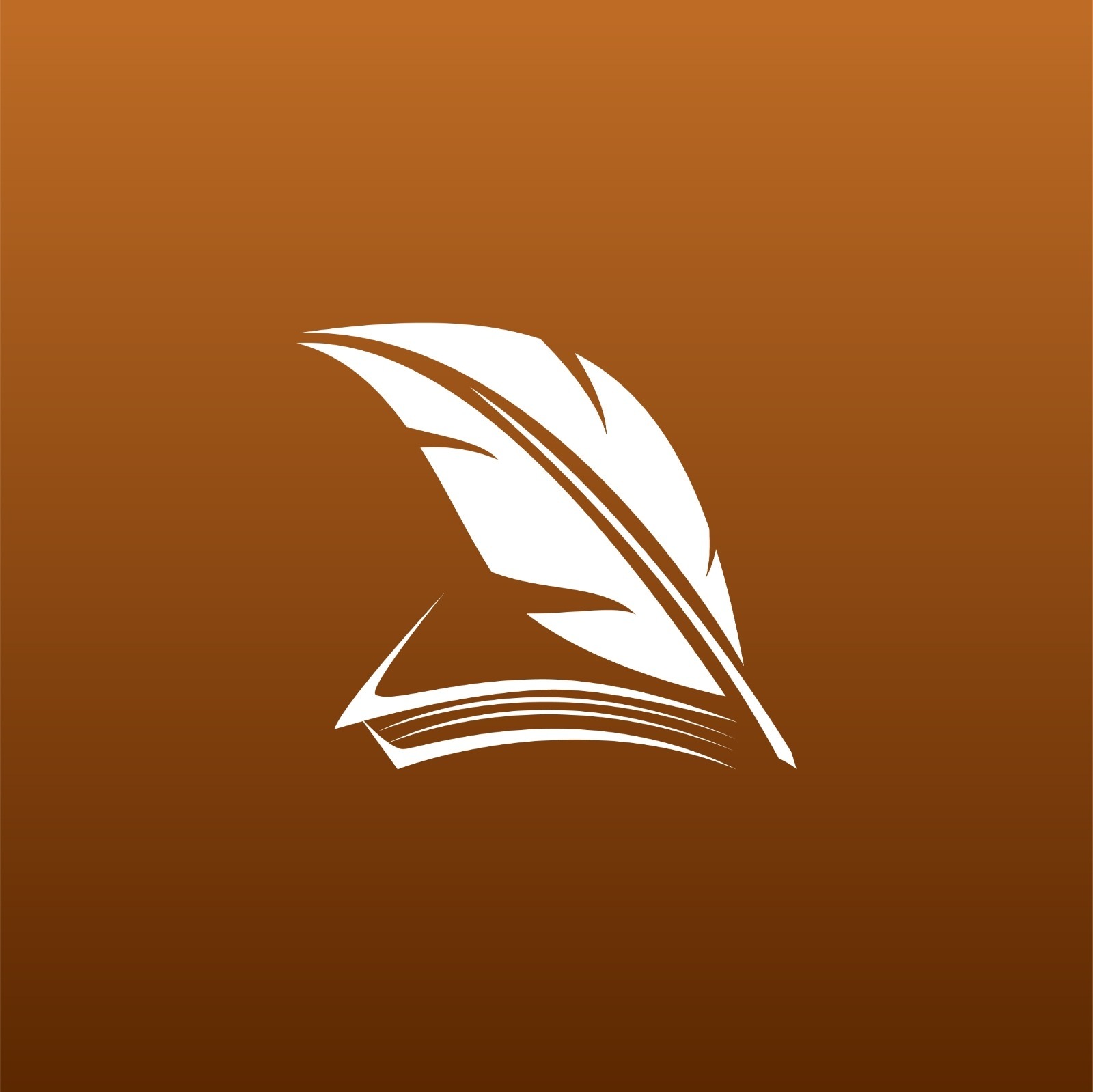Introduction
Publishing a book in the USA has never been more accessible, thanks to a wide range of publishing services available for authors. Whether you’re pursuing traditional publishing, self-publishing, or exploring the middle ground with hybrid publishing, understanding your options is essential. This article provides a breakdown of the different paths to publication, lists key book publishing services, and offers practical advice to help you launch your book.
1. Traditional Publishing: Prestige and Professional Support
In traditional publishing, established publishing houses like Penguin Random House or HarperCollins take control of your book’s production, marketing, and distribution. They typically pay an advance and manage the entire process, but the route is highly competitive, often requiring a literary agent to represent your manuscript.
Pros of Traditional Publishing:
- No upfront costs for the author.
- Professional editing, cover design, and marketing support.
- Access to established distribution channels (bookstores, libraries).
Cons of Traditional Publishing:
- Highly selective and competitive submission process.
- Limited creative control over the final product.
- Longer timelines, sometimes taking 12-24 months to publish.
How to Submit to Traditional Publishers:
- Prepare a query letter and synopsis.
- Many publishers only accept submissions via literary agents.
- Attend writing conferences and networking events to connect with agents.
2. Self-Publishing: Creative Control and Flexibility
Self-publishing platforms allow authors to retain full rights over their work and control the entire process, from writing and editing to cover design and marketing. Services like Amazon KDP and IngramSpark make it easy to distribute eBooks and print-on-demand paperbacks to a global audience.
Popular Self-Publishing Platforms:
- Amazon Kindle Direct Publishing (KDP): Best for fast eBook and paperback publishing with global reach.
- IngramSpark: Ideal for wider distribution to bookstores, libraries, and beyond.
- Lulu: Known for custom formats such as photo books and workbooks.
- Barnes & Noble Press: Great option for authors aiming to sell directly through the Barnes & Noble network.
Pros of Self-Publishing:
- Full creative control over the content, design, and pricing.
- Faster publishing timelines—books can be released in days or weeks.
- Higher royalties (up to 70%) compared to traditional publishing.
Cons of Self-Publishing:
- Upfront costs for editing, design, and marketing.
- Authors are responsible for promotion and marketing.
- No guaranteed sales or visibility.
3. Hybrid Publishing: The Best of Both Worlds?
Hybrid publishing blends aspects of both traditional and self-publishing. Authors share the production costs with the publisher and receive professional editing, design, and distribution services. Hybrid publishers like She Writes Press or BookBaby offer support but charge fees upfront or split revenue with the author.
Pros of Hybrid Publishing:
- Faster publication timelines than traditional publishing.
- Access to professional services (editing, design, marketing).
- Authors retain more creative control and earn higher royalties.
Cons of Hybrid Publishing:
- Requires upfront payment or shared costs.
- Some hybrid publishers are less transparent—do thorough research before signing contracts.
Examples of Hybrid Publishers:
- She Writes Press: Focuses on women’s literature.
- Greenleaf Book Group: Known for non-fiction and business books.
- BookBaby: Offers publishing packages with marketing support.
How to Choose the Right Publishing Service
Selecting the right publishing model and service depends on your goals, budget, and timeline. Here are a few steps to help you decide:
- Define Your Goals:
- Do you prioritize creative control or professional support?
- Are you aiming for bookstore placement or primarily eBook sales?
- Research Your Options:
- If pursuing traditional publishing, research agents and publishers aligned with your genre.
- For hybrid publishing, check for transparent contracts and customer reviews.
- If self-publishing, compare platforms like Amazon KDP and IngramSpark for the best fit.
- Invest in Quality Services:
- Hire professional editors and designers to ensure your book meets industry standards.
- Develop a marketing strategy to build your audience and generate buzz.
- Understand Distribution Channels:
- If bookstore placement is important, platforms like IngramSpark offer better access.
- For fast global reach, Amazon KDP is a leading option.
Tips for a Successful Book Launch
Regardless of your publishing route, a well-planned launch is essential. Here are some tips to help your book succeed:
- Build an Author Platform: Use social media, a website, or a blog to connect with readers.
- Create a Pre-Launch Marketing Plan: Consider offering ARCs (Advance Reader Copies) to reviewers and influencers.
- Organize a Launch Event: Host a virtual or in-person book launch to generate excitement.
- Leverage Email Marketing: Build a mailing list to stay connected with your audience.
Conclusion
Publishing a book in the USA offers multiple paths to success, whether you opt for traditional, self, or hybrid publishing. Each model comes with its own set of challenges and rewards, but with the right planning and preparation, any author can achieve their publishing goals. Whether you want to see your book on bookstore shelves or make it available to readers worldwide through digital platforms, there’s a publishing service that fits your needs.
With platforms like Amazon KDP, IngramSpark, and hybrid publishers such as BookBaby, the journey from manuscript to published book has become more accessible than ever. The key is to evaluate your priorities, do your research, and invest in producing a high-quality book that resonates with readers.
This guide will help you make informed decisions and take your book from idea to finished product. Good luck on your publishing journey!
https://technonetwork.co.in/wp-admin/post.php?post=14628&action=edit



